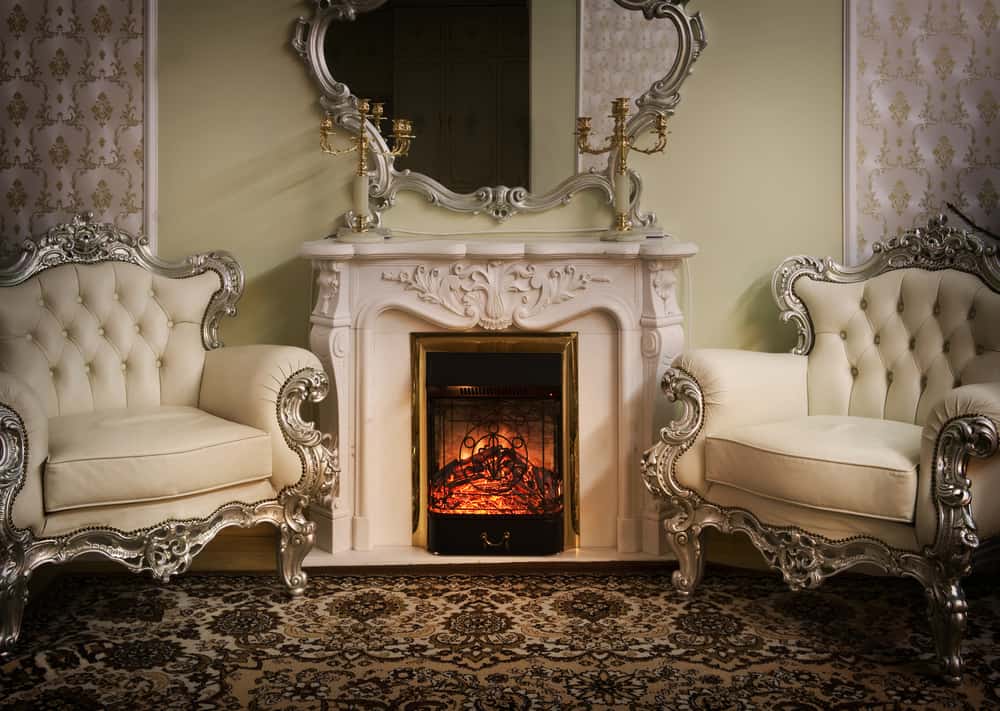Are you interested in decorating your home with period furniture? Do you have an avid interest in the Victorian era and love the style of furniture produced during this period? Do you know how to look for genuine Victorian items of furniture?
If the answer is yes to the first two questions and no to the third, then you’ve clicked on the right post! This article will provide you with the answers to all your questions about antique Victorian furniture, so read on to find out more!
Table of Contents
Furniture Revivals During the Victorian Period
The Victorian era happened during Queen Victoria’s reign in England, and it saw many revivals of various styles of furniture. There were five main styles that came back into fashion:
Gothic
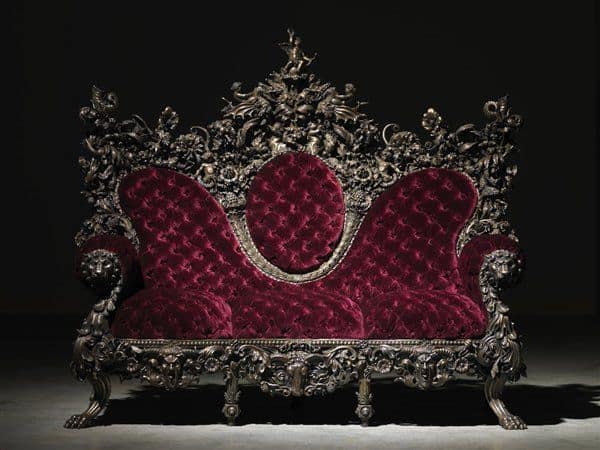
The first style of furniture was inspired by the Gothic revival. It focused on styles reminiscent of Gothic Architecture. Furniture was made with solid wood and involved pillars, wide arches, and intricate carvings.
Rococo
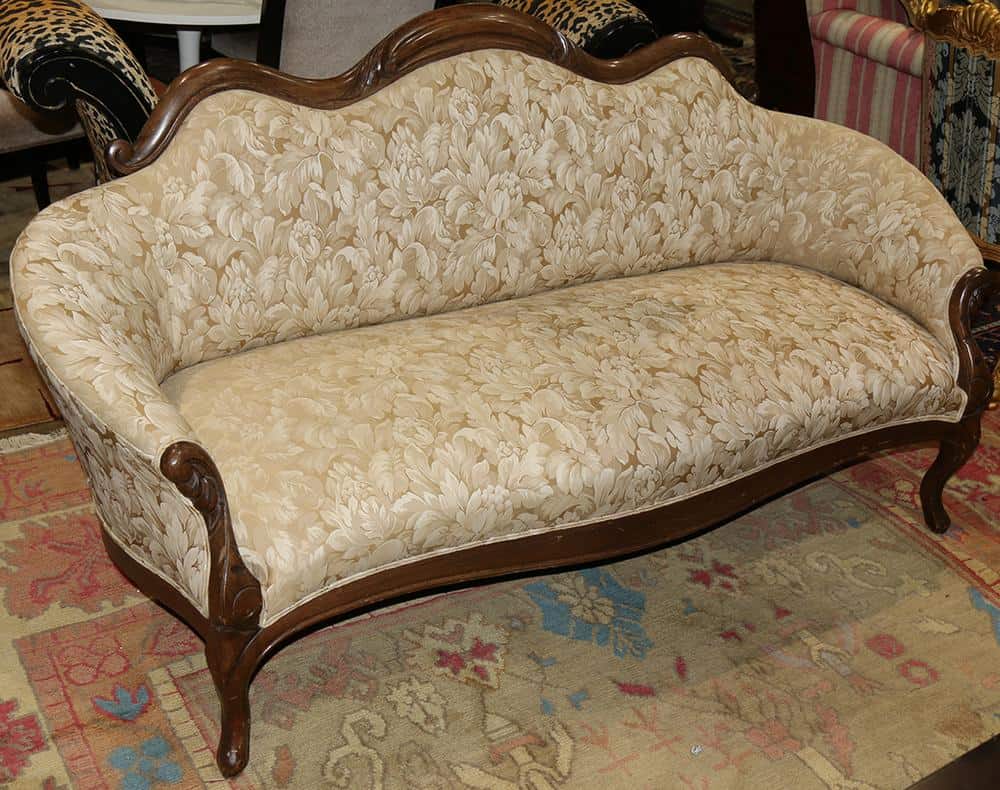
The Rococo revival was the longest enduring revival of the Victorian period and still has popularity today. Furniture was made with mahogany and rosewood, and involved rounded lines, detailed nature-themed carvings, and scrolled lines.
Renaissance
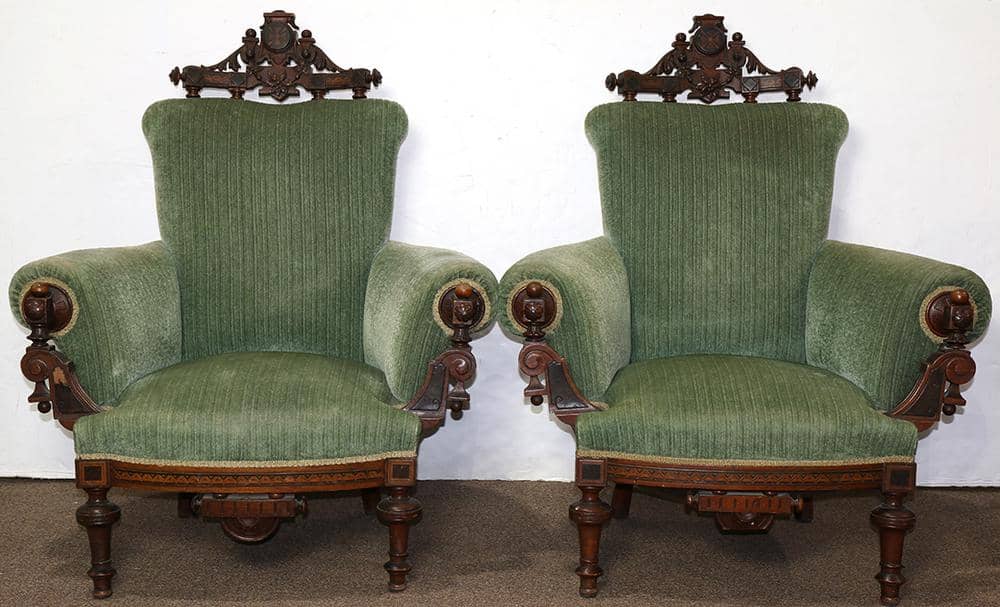
The Renaissance revival mixed wood with coloured marble to create fascinating pieces of furniture with heavy proportions. Renaissance furniture favours straighter lines over curves.
Neoclassic
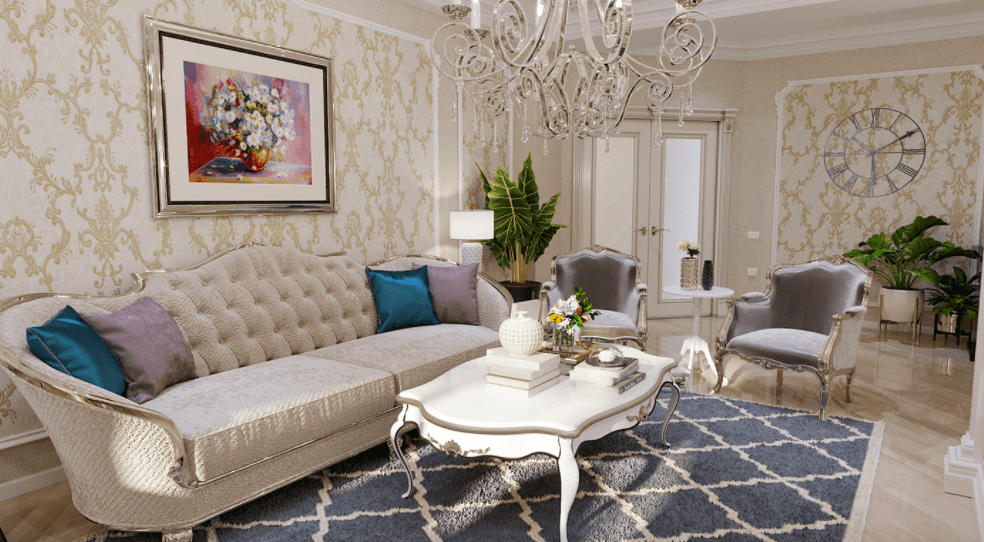
The Neoclassic revival happened during the same period as the Renaissance revival and consisted of simpler furniture with less elaborate designs and more curved lines.
Jacobean
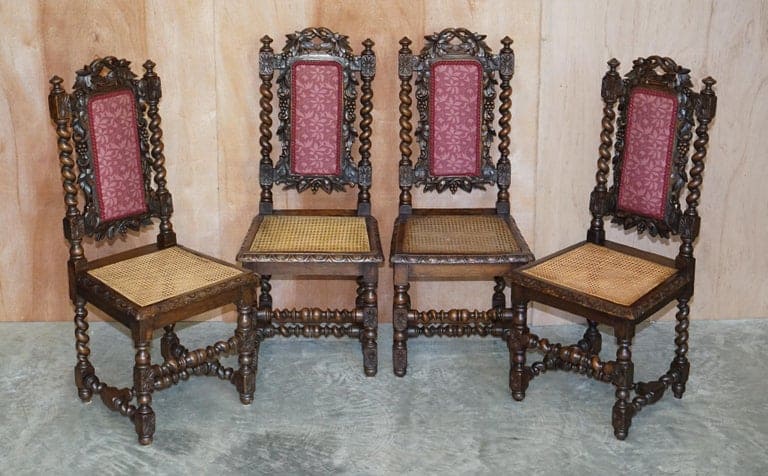
The Jacobean revival happened in the 1870s and involved wider, flat furniture with ornamental moulding instead of intricate carving. It coincided with the rise of furniture manufacturing in factories during the Industrial Revolution.
Another two styles that came into fashion during this period were the Arts and Crafts movement, where furniture was individually handcrafted with pride and the Oriental revival which took inspiration from the Chinese, Japanese, Turkish, and Indian styles.
A YouTube video covering these revivals and more can be found here.
How You Can Identify Genuine Victorian Furniture
Now that we’ve covered the different revival styles, we can now focus on how to identify whether or not a piece of furniture is genuinely Victorian and not just Victorian style.
According to The Victorian Emporium, you can successfully identify Victorian-era furniture in the following ways:
Look at the Materials Used
Victorian furniture tended to be ornate structures made with the finest quality materials. This ornate style stemmed from Queen Victoria herself, as she had a very expensive taste that filtered down into high society households.
The most popular material used was wood, but the type of wood had to be either walnut, mahogany (or dark mahogany), or rosewood depending on the size of the furniture and whether or not it was used for ornamentation.
For example, a dining table could be made of mahogany, but the tabletop could have motifs made out of walnut.
For the middle class or those with a smaller budget, furniture would be made of pine or oak as a more economical alternative that could still keep up with the fashion of the time.
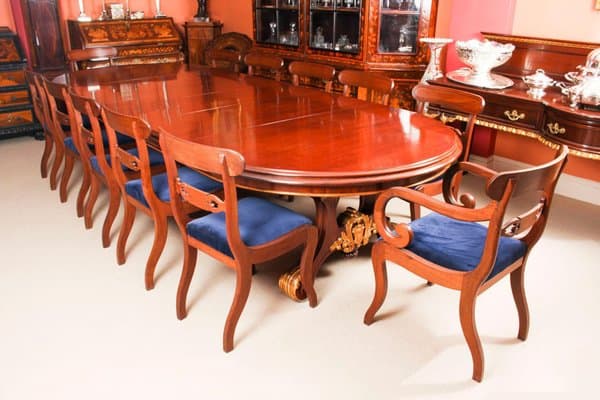
Identify The Method of Craftsmanship
The methods used to craft the item of furniture can tell us a lot about the era it was made. The arts and crafts movement inspired many furniture makers so anything handmade from the period is likely to be unique and difficult to reproduce exactly each time.
Another point is that garden furniture would have been made with rivets and bound instead of welded. Any garden furniture claiming to be Victorian that is welded is incorrect.
The Industrial Revolution made it easy to mass-produce items of furniture, which is a direct contrast to the arts and crafts movement, but the design of the piece is what marks it out as a genuine article.
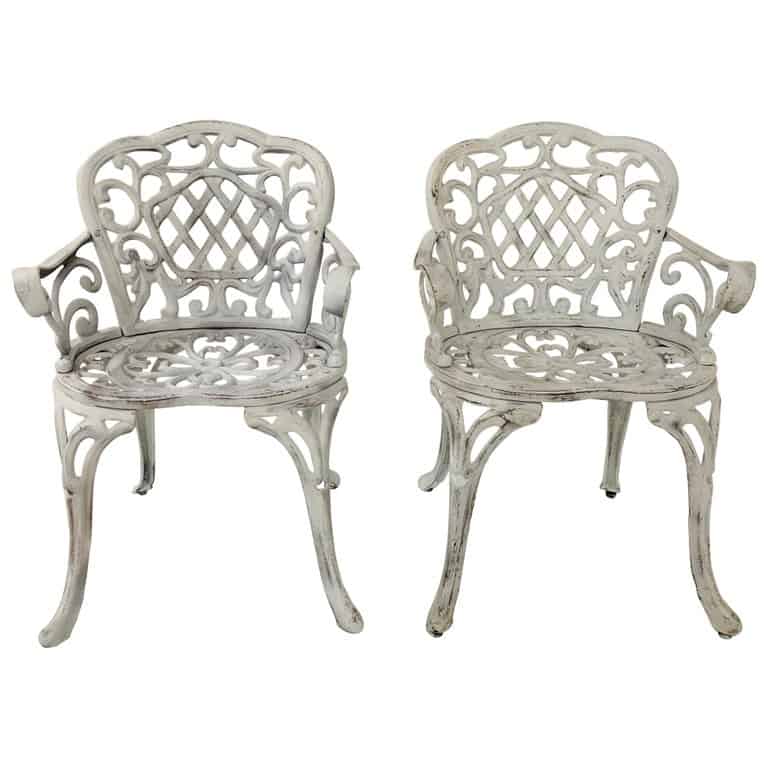
Study the Design of the Furniture
The design of furniture changed throughout Queen Victoria’s reign thanks to the many revivals that took place. However, there are a few key design features that were often used that can help you identify the origin of a piece.
To begin, we will look at a Victorian chest of drawers. If the drawers are true to the era, they will either be a simple square shape with round edges or bow fronted. They will have raised ‘feet’ on either blocks or metal ‘buns’.
A chest of drawers will also feature knobs to pull the drawers out. Anything other than this means it is either a reproduction or has been restored with new decorative handles.
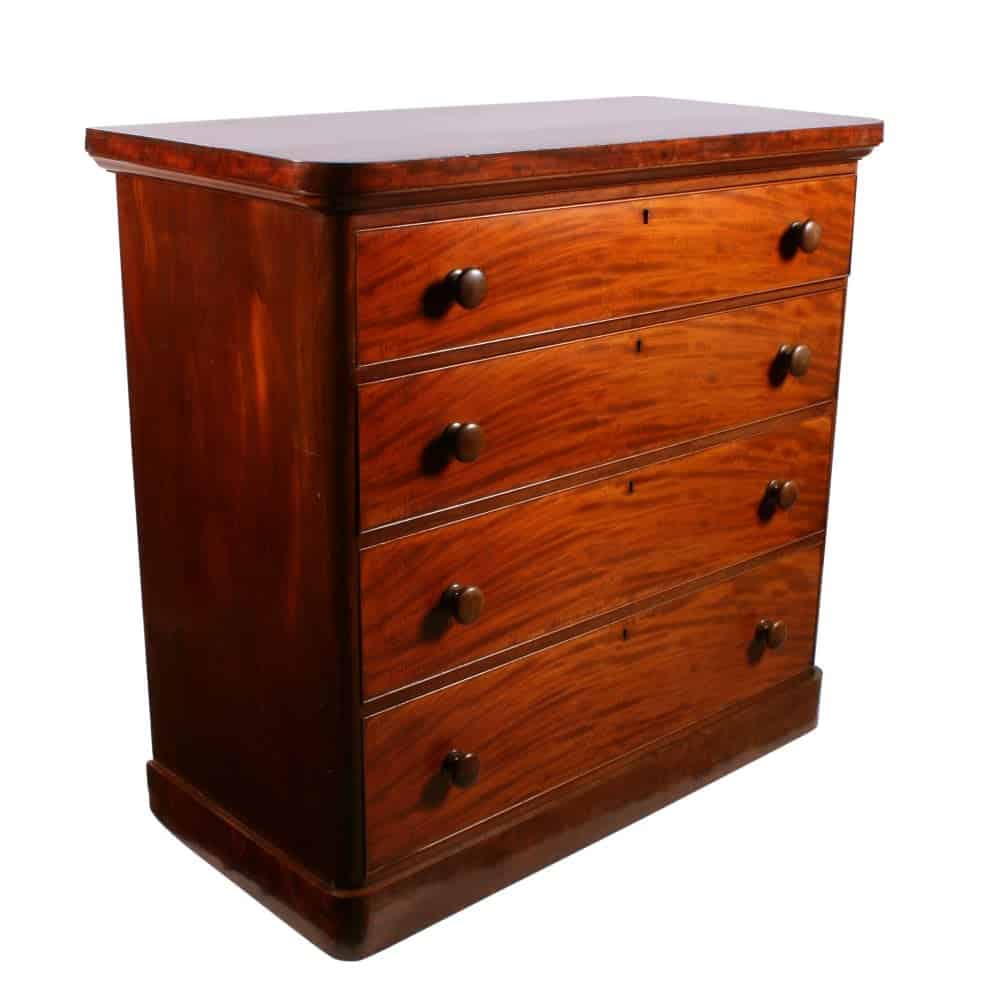
The second item of furniture we will focus on is chairs. There were three main types of chairs: the spoon back armchair, the nursing chair, and the balloon back chair. Each type has its own distinguishable features.
Spoon back armchairs:
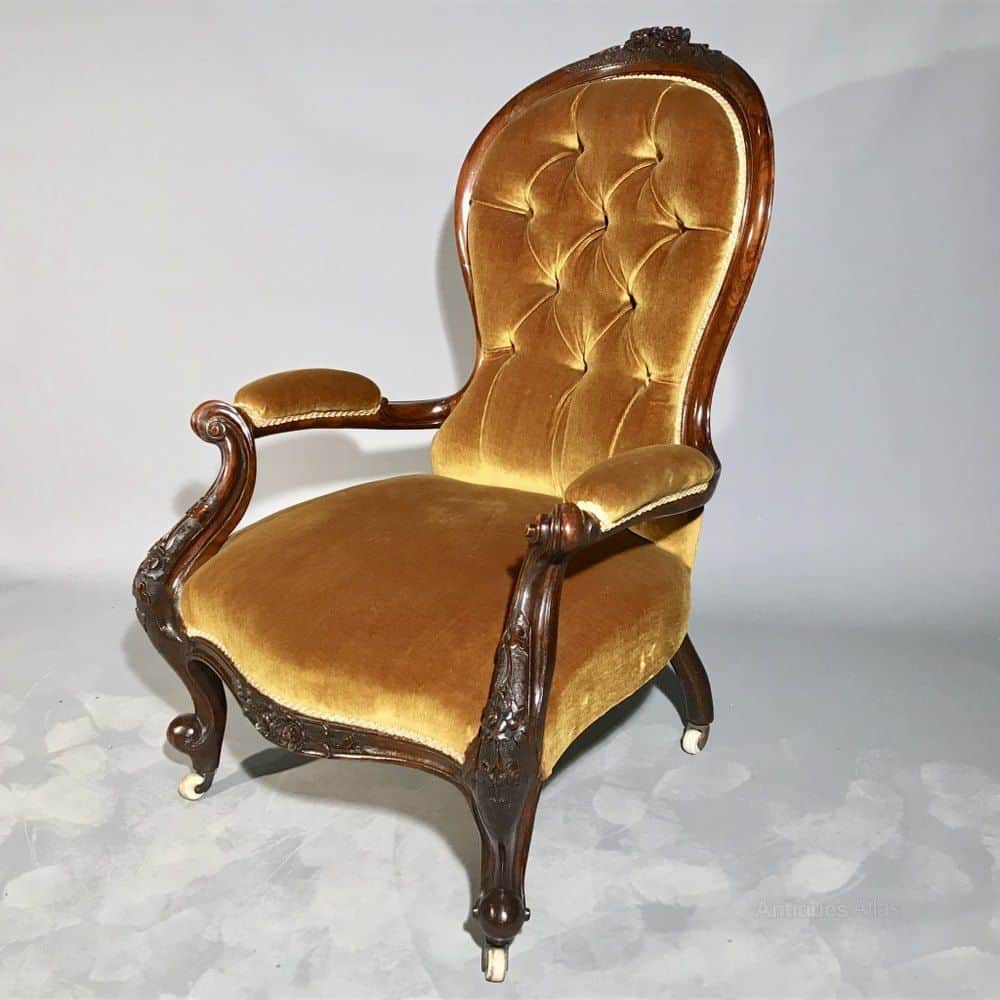
- Plain upholstered back, sometimes with buttons
- Carved legs
- Scrolled arms
- Curved feet
- Used in the parlour or study
Nursing chairs:
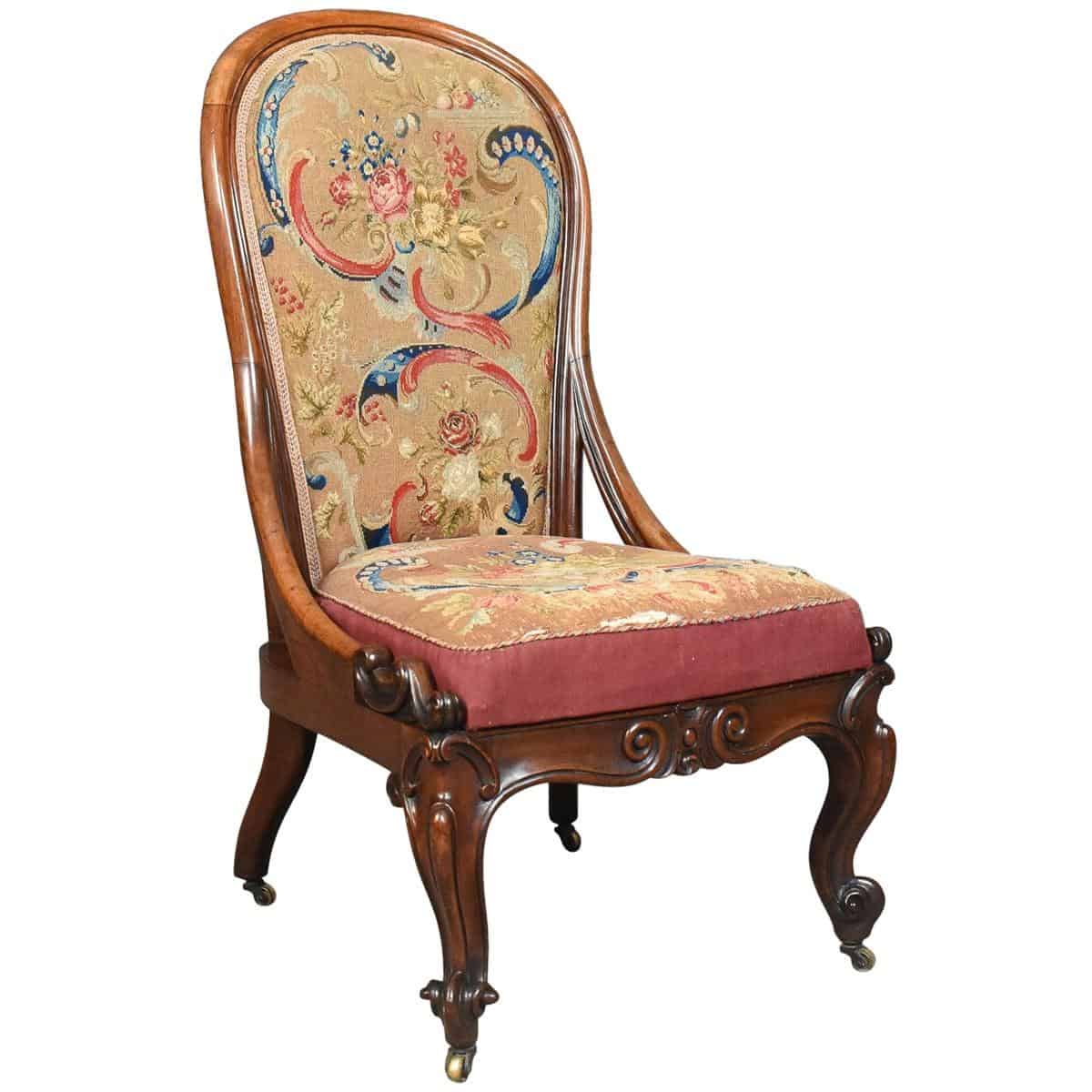
- Plain or buttoned upholstered back
- Lower seat
- No armrests
- Used in the nursery
Balloon back chairs:
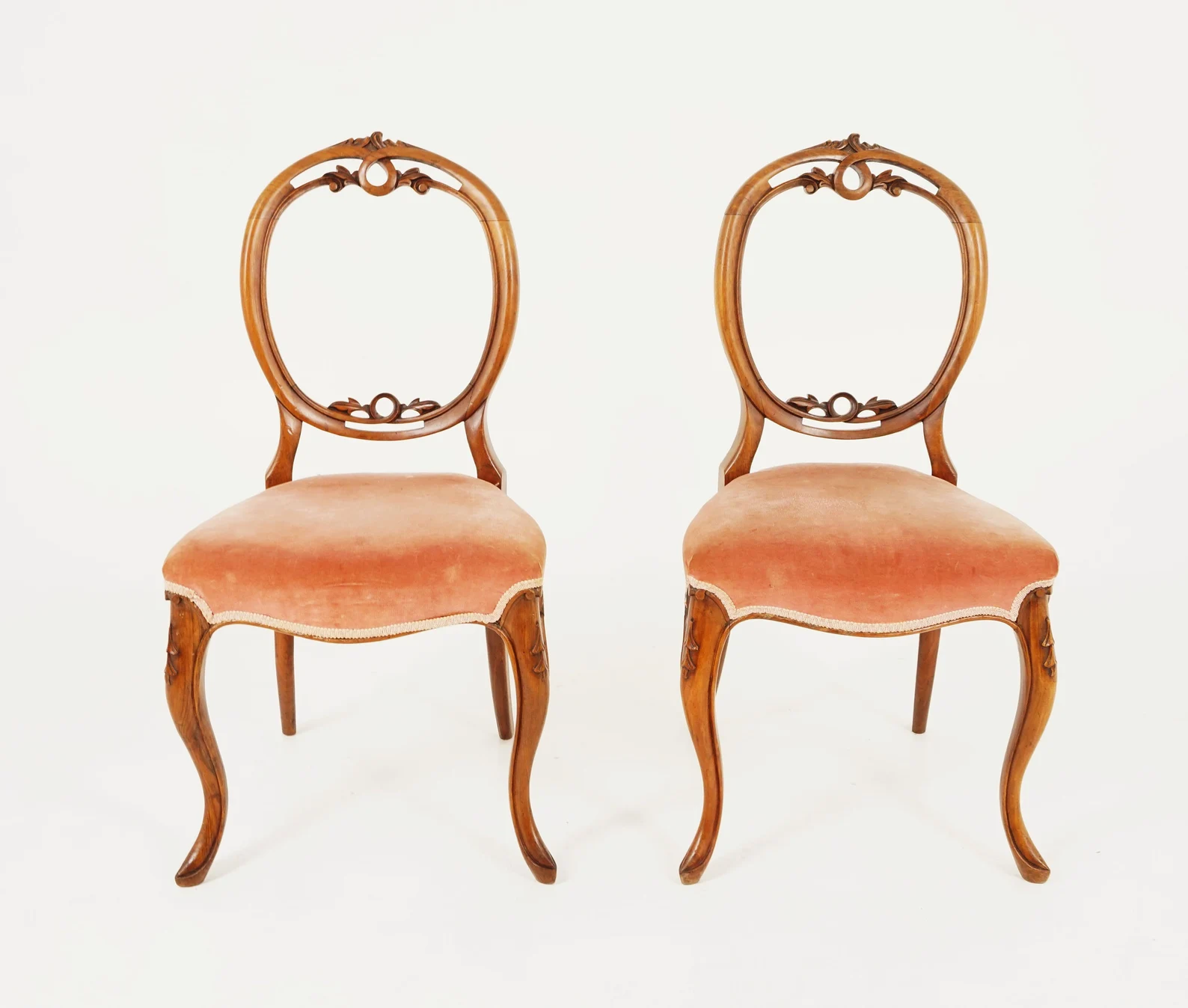
- Open yet circular style of backrest
- Upholstered seat
- Used in the dining room
The upholstery was made of soft material such as velvet and contributed towards the overall elegance of the chair whilst still providing a comfortable seat.
Finally, we will look at the features of Victorian tables and sideboards. Genuine items will be made of specific types of wood depending on the style of table it is.
Hall tables, writing desks, dressing tables, and sideboards were made of mahogany. Washstands were made of pine or oak. Centre tables, games tables, and dining tables were made of walnut or rosewood. They also sometimes had dark finishes applied.
A final feature of Victorian tables is that they usually had elaborately decorated carved bases, sometimes with gilding.
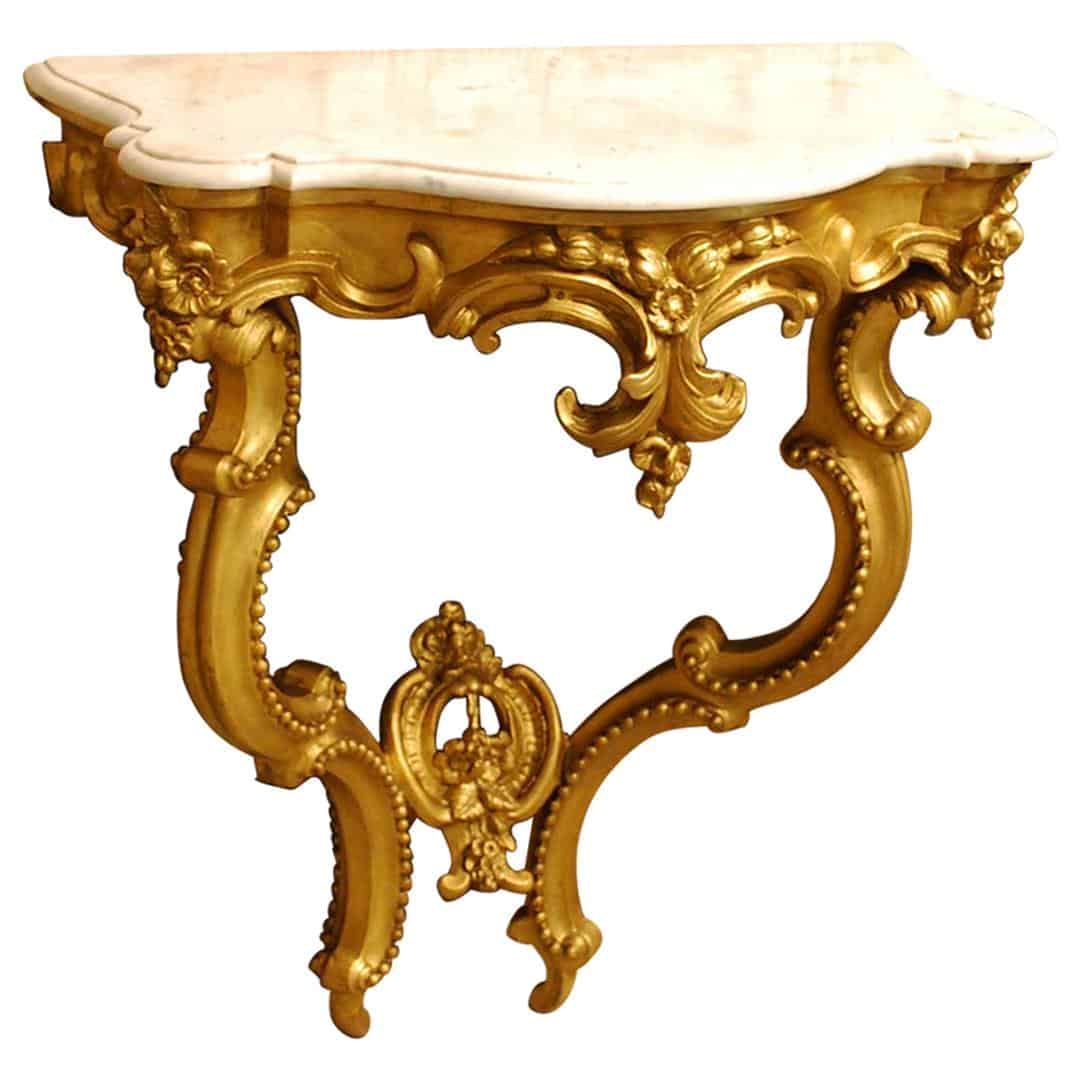
Value of Victorian Furniture
The value of Victorian furniture varies depending on the manufacturer, condition, material, and whether it is likely to be a collector’s item. The Spruce Crafts have compiled a helpful guide detailing various pieces that have been sold at auction.
They mention that there are two particularly popular manufacturers of the era: John Henry Belter and Mitchell & Rammelsberg. Pieces by these manufacturers can sell for high prices, however, it is unlikely to see something made by them.
You can use the guide to compare your piece to other similar pieces, and it covers washstands, China cabinets, loveseats, tables, small rocking chairs, upholstered chairs, bookcases, desks, and a towel holder.
These items were sold for between £70-£880, but as it was at an auction the amount paid is never guaranteed to reflect the actual value of the piece. Therefore, the best way to determine the value of your Victorian furniture is to get it appraised by a professional.
How to Decorate your Modern Home with Victorian Furniture
If you want to decorate your home with Victorian furniture, then you should follow the tips below:
- Victorian chairs are a popular choice for modern homeowners with a taste for antiques. Get one with brightly coloured upholstery and cover with a tasselled blanket.
- If you have the room for it, buy a Victorian fireplace and screw it to a chimney breast to create a vintage feel.
- Create a study space with Victorian furniture using a bookcase, desk, and spoon back chair. Make it modern with a standing lamp, computer, and decorative wallpaper pasted to an accent wall.
- Bring some Victorian inspiration to your bedroom by adding a simple dressing table in the Neoclassical revival style. For a modern twist, pair with a simple upholstered stool and fairy lights.
- A solid mahogany dining table could be matched with some modern dining chairs, so long as the chairs are made from the same-coloured wood and don’t look out of place next to such an ornate piece.
- Victorians had a love for knick-knacks, so a Victorian cabinet could be used to display all sorts of odds and ends that you have collected over the years that don’t have a place anywhere else.
- For a more subtle approach, use a lantern or candelabra to light a bedroom at night or on the dining table during meals.
Conclusion
In summary, in order to successfully identify Victorian furniture, you must:
- Check to see whether it fits into any of the revival style categories.
- Identify the type of material used to make it.
- Figure out whether it was handmade, mass produced, or made with a method that fits the era.
- Study the design of the piece and match up any features mentioned in this article.
- If all else fails, consult a professional appraiser, or go to your local antique dealer.
We hope you have found this article useful and that it has helped you identify the origin and legitimacy of your furniture. If you have any questions about anything you have read here today, please leave them in the comments and we will get back to you as soon as possible!
